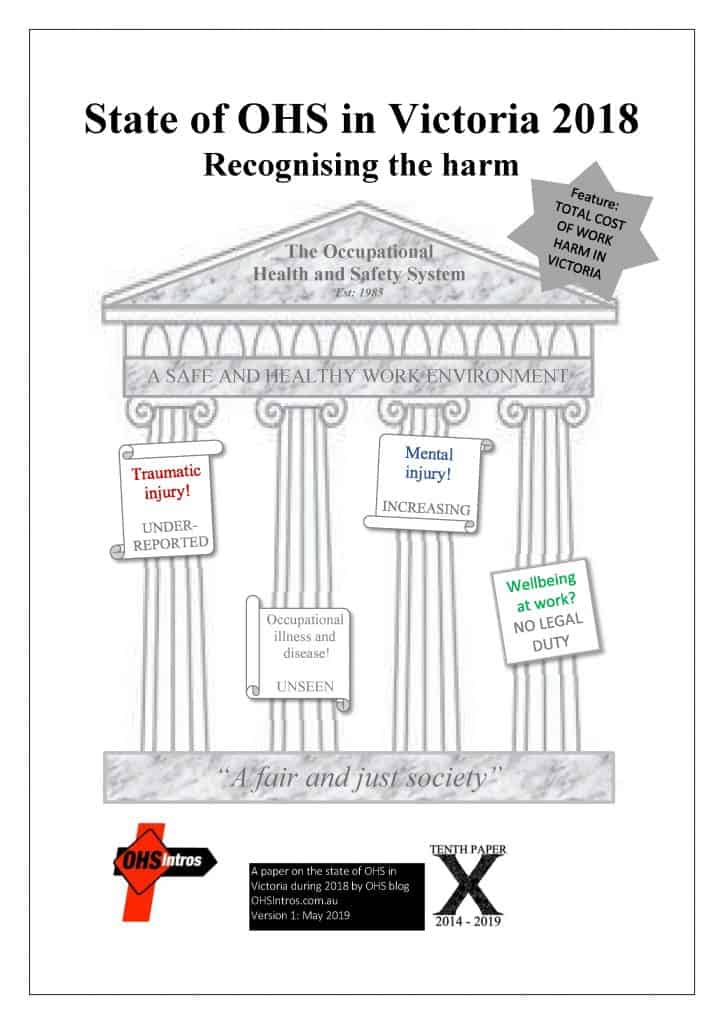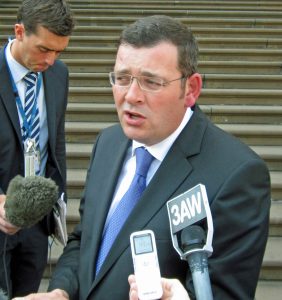
Barry Naismith, through his OHSIntros organisation, has released his latest independent report into the performance of WorkSafe Victoria and occupational health and safety (OHS) more generally. Naismith’s contribution is a fresh context on Victoria’s safety and health regulator, and it is an excellent reminder of the prominent issues in the previous 12 months.


 Some media reports on the
Some media reports on the  Earlier this week former chair of the Australian Government’s
Earlier this week former chair of the Australian Government’s  The Australian Government has released the
The Australian Government has released the 
